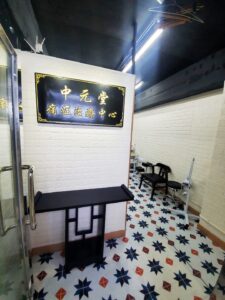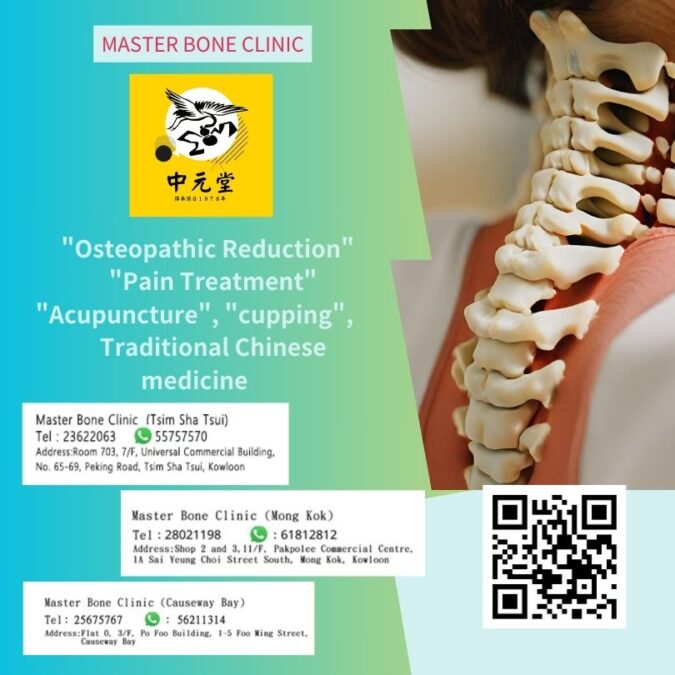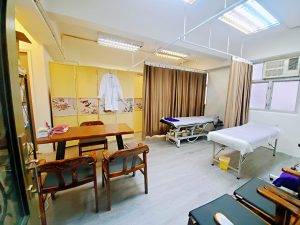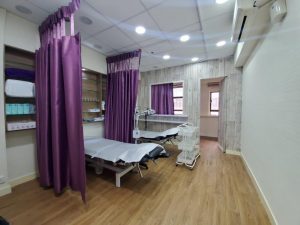Cervical spine
—Upper cervical spine displacement: usually refers to the displacement of the 1st to 3rd cervical vertebrae. When this part of the cervical spine is displaced, the patient’s head tends to tilt. If it is only unilaterally displaced, the head will tilt toward the healthy side. Additionally, patients may experience neck pain and stiffness. Since the position of the upper cervical vertebrae is closely adjacent to the brainstem, displacement can easily affect the vital centers in the brainstem. If accompanied by spinal cord injury, it may affect the respiratory center and cause the patient to die within a short period of time. If the nerve damage is transient, there may be temporary paralysis or weakness of the limb, but this usually improves quickly. Some patients may also experience symptoms such as quadriplegia, incontinence, and difficulty breathing.
—Lower cervical spine displacement: usually refers to the displacement of the 4th to 6th cervical vertebrae. When this part of the cervical spine is displaced, the patient will feel neck pain and the range of motion of the cervical spine will be limited. The head may be forced to stay in one position with a slight forward head deformity. The neck muscles may spasm, along with widespread tenderness. If the lower cervical spine is displaced and combined with spinal cord injury, the patient may experience varying degrees of paralysis or related nerve root pain symptoms. When the injury occurs above the cervical level, patients may also be at risk for respiratory dysfunction, and breathing may become shallow, slow, or lose its normal rhythm. In the early stages of injury, patients may die from respiratory failure.
Cervical spine symptoms
Symptoms of cervical vertebra dislocation can lead to relative stenosis of the spinal canal, which in turn compresses the spinal cord, nerve roots or vertebral arteries, causing corresponding nervous system dysfunction. Common symptoms of patients include neck soreness and swelling, especially in the back of the neck. Radicular pain may occur in one upper limb, accompanied by numbness, hypersensitivity, or decreased sensation. In severe cases, muscle weakness may occur.
If the spinal cord is significantly compressed, the patient may experience decreased muscle strength in both lower limbs, difficulty walking, a feeling of cotton in the feet, decreased sensation in the skin below the chest, and a banding sensation in the chest and abdomen. If the spinal cord is completely compressed, it may lead to severe symptoms such as paralysis of the trunk or lower limbs, fecal incontinence, and the following symptoms of cervical spine dislocation:
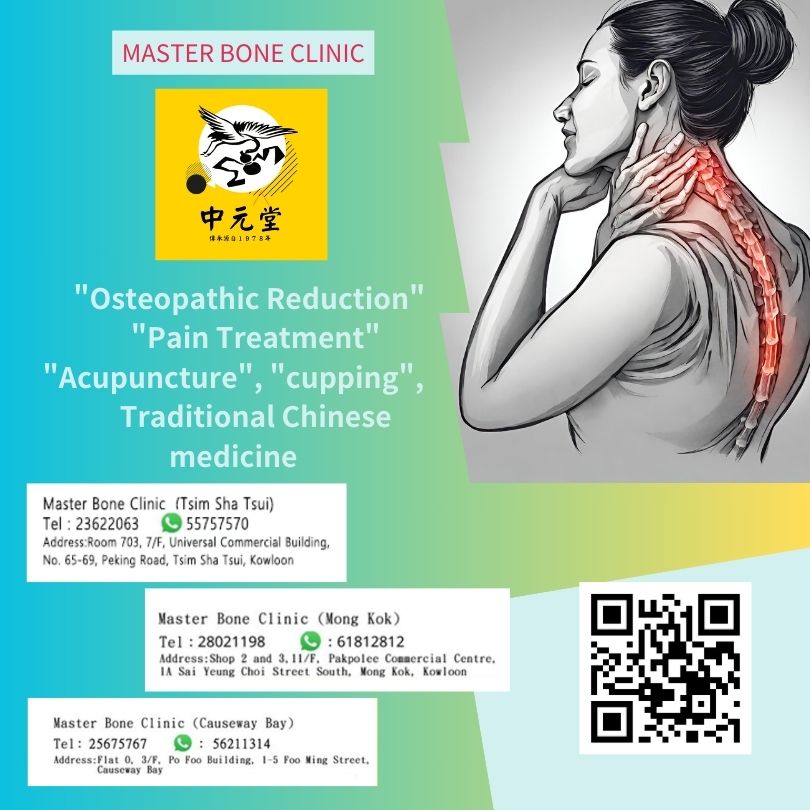
Dizziness caused by cervical spine
Dizziness caused by cervical spine displacement is usually caused by disordered displacement of the cervical facet joints, which causes the blood vessels around the cervical spine to be stimulated and compressed, causing vasospasm, which in turn leads to insufficient blood supply to the brain.
It is recommended that patients use cervical traction and braking, and use a neck girth or cervical collar to protect the cervical spine to help stabilize the cervical spine. At the same time, you can consider using some drugs that activate blood circulation, remove blood stasis, expand blood vessels, and improve circulation to improve the blood supply to the brain.
In addition, physical therapy such as hot compresses on the cervical spine, infrared irradiation, and ultrashort waves can help relax muscles, reduce muscle and blood vessel spasm, and thereby improve dizziness symptoms. For patients with severe dizziness symptoms, drugs such as flunarizine can be used to improve symptoms.
Cervical spine pain symptoms
Cervical vertebra displacement, paralysis of hands and feet. Displacement of the cervical spine and numbness of the hands and feet can cause the nerves or spinal cord around the cervical spine to be compressed, which can lead to symptoms of numbness in the hands and feet. This is because misalignment of the cervical spine may change the normal physiological curvature of the cervical spine, causing pressure on the nerves or spinal cord.
Cervical spine displacement tinnitus
Tinnitus often occurs due to cervical spine displacement. When the cervical spine is misaligned, it may cause compression on the nerves, thereby affecting blood circulation in the neck. Impaired blood supply to the neck may cause tinnitus. In addition, cervical bone hyperplasia caused by long-term cervical spondylosis or improper sitting posture may also cause tinnitus.
For tinnitus caused by cervical spine lesions, the first priority of treatment is to restore the normal physiological position of the cervical spine to reduce the compression of nerves and blood vessels. This may involve methods such as cervical traction, physical therapy, or surgery.
Symptoms of cervical spine disorders
Symptoms of cervical spine disorders: The sequelae of cervical spine displacement can lead to cervical spine pain, which is often severe and affects the movement of the cervical spine or the range of motion of the cervical spine, including limitation of cervical spine flexion, extension, and rotation. Therefore, we must find a professionally qualified Chinese medicine practitioner to perform cervical spine displacement reduction.
Cervical spine reduction
Cervical spine reduction: Cervical spine traction is a commonly used treatment method, mainly used to treat cervical spine muscle spasm caused by cervical spine lesions, cervical spine degenerative diseases, cervical disc herniation, degenerative osteoarthritis and other diseases. Cervical spine lesions can be treated with traction in most patients.
The function of cervical spine displacement reduction is to expand the intervertebral foramen and intervertebral space, thereby reducing nerve root irritation or compression pain caused by injury, degeneration, or disc herniation. Through traction, muscles can be relaxed, muscle spasms can be relieved, inflammation can be eliminated, and symptoms of cervical spondylosis can be further alleviated.
Cervical vertebrae displacement
Cervical vertebra displacement and snap bone is a term used by Hong Kong people. It is named because there is a “pop” sound during bone setting reduction. The cervical vertebra displacement and reduction mentioned above are the same.
Cervical spine treatment
Cervical spine treatment is usually caused by factors such as lowering your head for a long time, poor posture, etc. Treatment methods for cervical spine displacement mainly include conservative treatment, massage therapy and surgical treatment.
Conservative treatment of cervical spine displacement
Conservative treatment of cervical spine displacement is suitable for mild cervical spine displacement and early-stage disease. The main methods include:
Neck rest: Avoid bowing your head for long periods of time and overusing your neck, and maintain correct posture.
Warm and cold compresses: Warm compresses can help promote blood circulation and relieve neck pain; cold compresses can reduce inflammation and muscle spasms.
Cervical traction: Traction of the cervical spine through external force to reduce pressure and improve cervical spine displacement.
Cervical spine displacement massage treatment
Cervical spine displacement massage treatment is suitable for patients with moderate cervical spine displacement and more serious conditions. Methods include:
Neck massage and massage therapy: Massage and physical therapy are used to relax the neck muscles, promote blood circulation, and relieve pain caused by cervical spine displacement.
Cervical spine extension and correction: Stretch and correct under the guidance of a professional physical therapist to adjust the position of the cervical spine and improve cervical spine displacement.
Cervical spine displacement surgery
Cervical spine displacement surgery is suitable for patients with severe cervical spine displacement who have failed conservative treatment and massage therapy. Surgical methods include:
Cervical spine fusion: The cervical vertebrae are stably fixed together through surgery to restore the stability of the cervical spine.
Cervical Artificial Intervertebral Fusion: Restoring the stability of the cervical spine by implanting an artificial intervertebral disc.
Cervical spine replacement surgery: Restoring the function of the cervical spine by implanting an artificial cervical spine.
Cervical spine displacement pillow
For people with poor cervical spine conditions, it is recommended to choose pillows made of thermally compressed foam pillow cores. The design shape of this pillow conforms to the normal physiological curve of the human body. Whether lying on your back or side, it can help the cervical spine and respiratory tract return to normal physiological curves. Its unique support, stability and softness are processed by high-temperature compression of a special sponge, making it the most suitable among various pillows and completely in line with ergonomic principles.
Displaced cervical disc herniation
Displaced cervical disc herniation can be caused by cervical disc degeneration caused by trauma, long-term strain and other factors. This degeneration will narrow the vertebral space and cause the cervical intervertebral disc to protrude outward, which will compress or irritate the surrounding nerves, blood vessels and organs, causing a series of corresponding symptoms.
Cervical vertebra displacement neck pain
Neck pain often occurs due to cervical spine displacement. When a patient experiences cervical spine displacement, it may cause compression of the spinal cord, causing nerve roots on both sides to be irritated. This results in a spectrum of clinical manifestations of nerve damage and compression symptoms. Patients may experience neck pain accompanied by radiating or electric shock-like pain in both shoulders and upper limbs. In addition, symptoms such as decreased skin sensation and weakened muscle strength may occur. These symptoms occur because the displacement of the cervical spine affects the normal function of the nerves, causing nerve conduction to be blocked or nerve roots to be irritated. In this case, timely treatment and rehabilitation are very important to relieve symptoms and restore neurological function.
Cervical spine Hong Kong price list
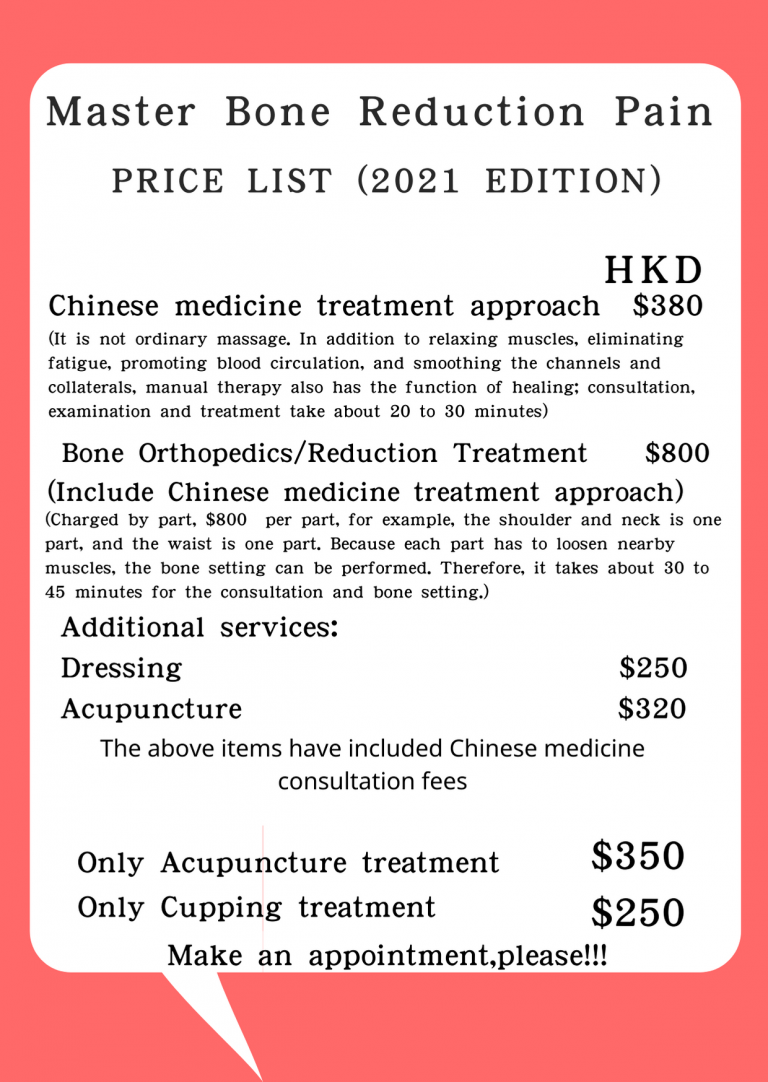
Cervical spine prices
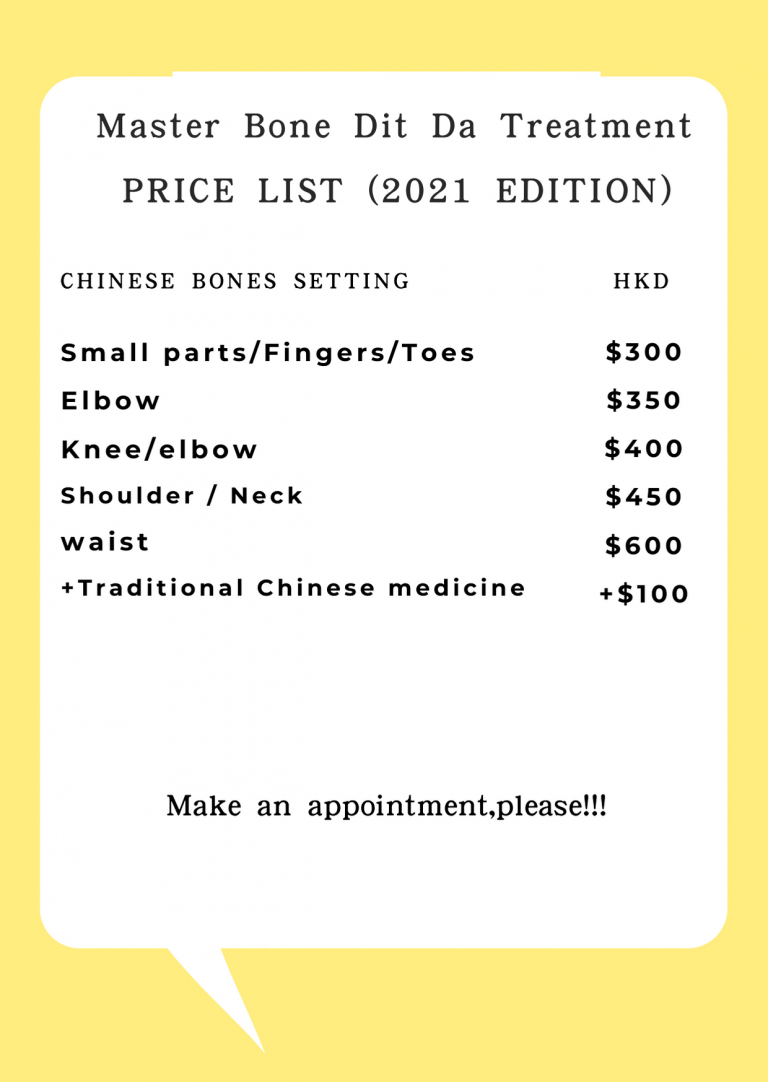
Goldthread, a platform of South China Morning Post Group, visited Master Bone Clinic(Tsim Sha Tsui Medical Clinic)
Bone Setting Service,Pain Treatment,Manual Therapy,Acupuncture,Cupping in Hong Kong
Cervical Spine Displacement
Spine Displacement
Thoracic Spine Displacement
Frozen Shoulder
Stiff Neck
Sprain
Frozen Shoulder
Cervical spine near me
Cervical spine Tsim Sha Tsui
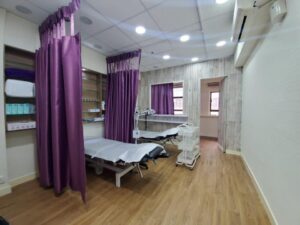
Cervical spine Causeway Bay
Cervical spine Causeway Bay Master Bone Clinic Pain Treatment Centre (TCM)
電話:852-25675767
中元堂(銅鑼灣醫舘)地址:銅鑼灣富明街1-5號寶富大樓3樓O室(么鳳樓上) Causeway Bay clinic address: Flat O 3/F, Po Foo Building, 1-5 Foo Ming St, Causeway Bay Google Map: https://maps.app.goo.gl/HzPiknywAfj1yrNx7
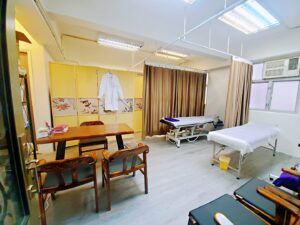
Cervical spine Mong Kok
Cervical spine Mong Kok Master Bone Clinic Pain Treatment Centre (TCM)
電話:852-28021198
中元堂(旺角醫舘)地址:九龍旺角西洋菜南街1A號百寶利商業中心11樓02及03室(港鐵旺角站E2出口或港鐵油麻地站A2出口) Mong Kok clinic address: Room 2 & 3, 11/F, Pakpolee Commercial Centre, 1A Sai Yeung Choi Street South, Mong Kok, Kowloon, Hong Kong Google Map: https://maps.app.goo.gl/rF7jBw
